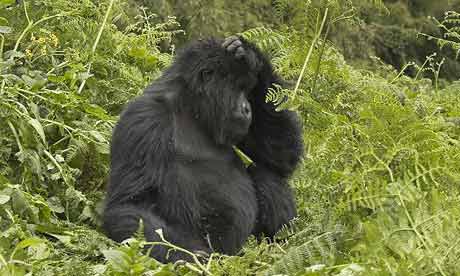– Prelude to Global Extinction:
No bells tolled when the last Catarina pupfish on Earth died. Newspapers didn’t carry the story when the Christmas Island pipistrelle vanished forever.
Two vertebrate species go extinct every year on average, but few people notice, perhaps because the rate seems relatively slow – not a clear and present threat to the natural systems we depend on. This view overlooks trends of extreme decline in animal populations, which tell a more dire story with cascading consequences, according to a new study that provides the first global evaluation of these population trends.
…
H/t reader squodgy:
“It does seem we, as an “educated” race, have ignored all native cultures, and proceeded to destroy our environment, especially in the pursuance of wealth, at all costs, including the livelihoods of our co-inhabitants we choose to ignore.
Chernobyl & Fukushima plus Corporate exploitation of world assets over 100 years e.g. Texaco in Ecuador etc with no regard for environmental impact are costs they never considered. They should do now.
Those costs are now coming home to roost…..”
* * *
PayPal: Donate in USD
PayPal: Donate in EUR
PayPal: Donate in GBP


